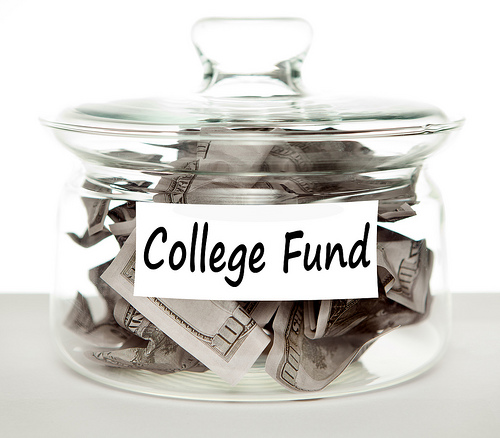If your family has a dog you probably understand how easy it is to feel as though our pet is a member of the human household. Our dogs sit in the kitchen while we eat dinner, come into our rooms when they feel scared, and watch all the same television programs that we do. They have emotions and desires, strengths and weaknesses, and we simply couldn’t imagine our homes without them.
Our dogs also, however, cost us money. Although there’s an incredible amount of variation depending on your family and on the size of your dog, the average annual expense of owning a dog falls in the range of $500 to $800 dollars. On the low end, some people can get by with spending under $300. On the high end, some families will put out over $2000 annually to care for their canine pets.
Regardless of where your family’s dog costs fall, reducing those costs can certainly play a part in any overall expense-reduction strategy. If our dogs are family members, after all, they shouldn’t be completely immune from the budget tightening we may do to offset an income decrease, set aside more for retirement, or avoid chapter 13 bankruptcy.
On this note, here are a few tips for families that seek to save some money on Fido’s expenses:
-Reduce food costs.
For most dog owners, food is the single-largest expense associated with caring for their pet. The food budget for the average dog typically represents over half of its yearly expenses. Reducing the cost of dog food, consequently, is a great way to start cutting away at the cost of dog ownership. While Fido may not appreciate getting smaller portions or being fed an extremely low-quality food, there are still two main ways to lower the food budget; first, you can make your dog a vegetarian and eliminate the more expensive meat-based options from his diet, and two, you can make a point to always buy dog food in bulk from a store such as Costco or Sam’s Club.
-Make friends of the human variety.
If your family leaves town for vacation or any other reason, there’s a good chance that you aren’t able to take the dog along. This often results in your pet being left at a kennel or a canine daycare facility, both of which will likely charge a not-inexpensive daily rate. You can save money on your dog’s lodgings – and eliminate this rate – by finding a friend or relative who gets along well with the dog and would be glad to watch him while you’re away.
-Practice preventative care.
There are certain unavoidable medical expenses associated with owning a dog. For example, almost all owners will need to make yearly vet visits, administer heartworm medication, and insure that their dog receives regular vaccines, all of which will cost a couple hundred dollars annually. But there are preventable medical issues that can cost far more. For example, if you don’t brush your dog’s teeth on a semi-regular basis, there’s a chance he may need to undergo an expensive tooth-cleaning procedure. If you don’t prevent him from eating dirt and weeds in the backyard, he may suffer complications that could result in surgery. For the sake of both your dog’s health and your family’s budget, it’s important to know the proper preventative measures and to practice them regularly.
These are a few of the ways you can reduce your canine costs by cutting back in those areas where dog ownership is most expensive: food, boarding, and health. Although Fido may not understand how to balance a checkbook or practice fiscal restraint, you can still make him a more frugal dog by considering your related expenses and looking to reduce them accordingly.
Image Created by Bing AI



